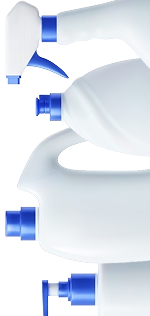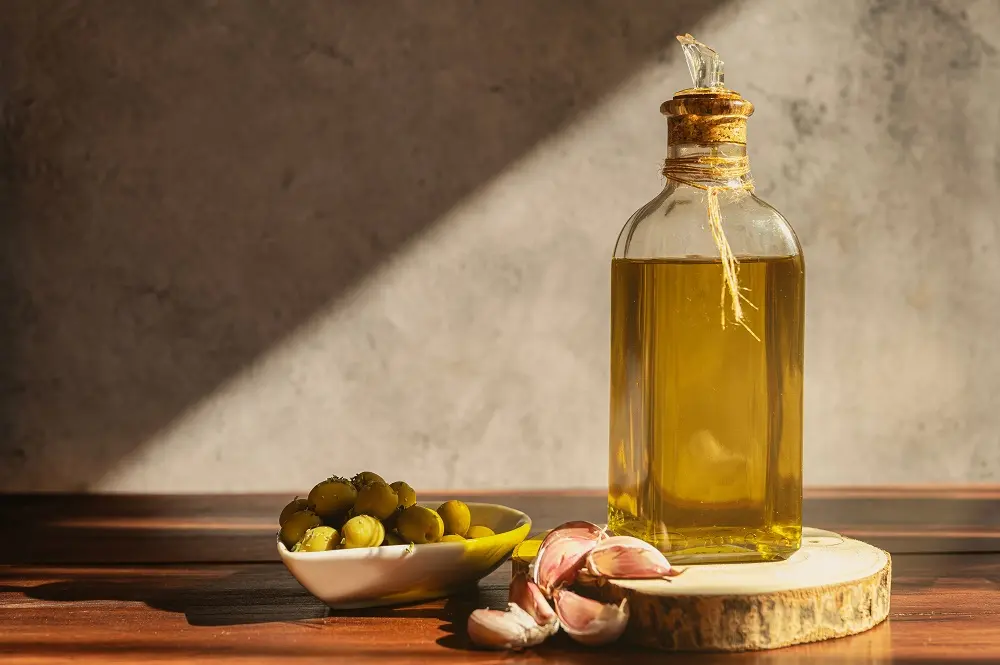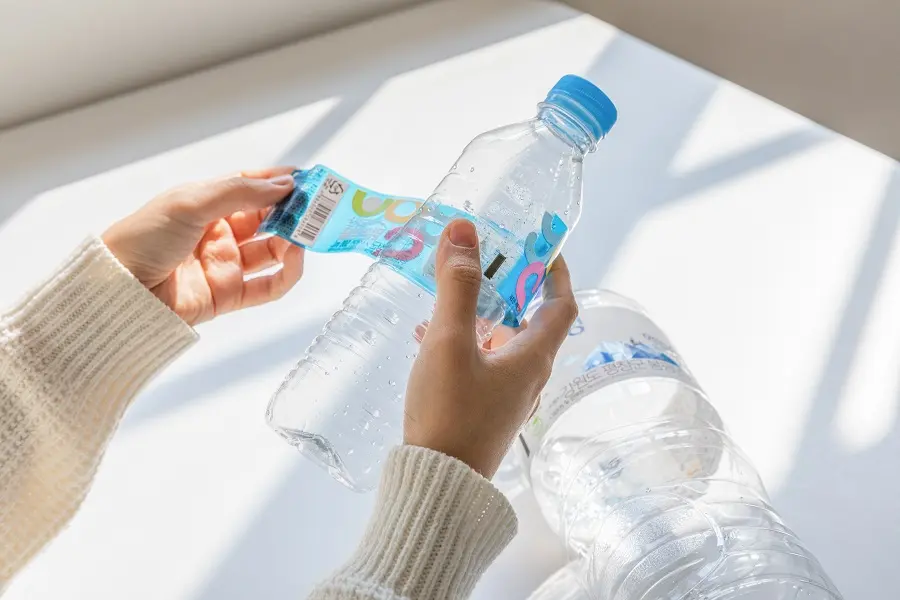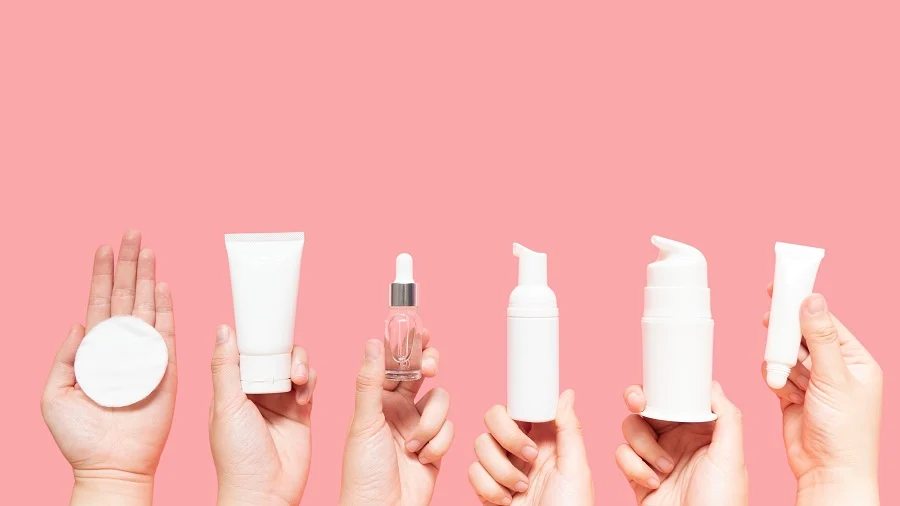How Much Does a Bottle of Wine Cost: A 2025 Packaging Manufacturing Guide
- ByRobert "Rob" Starmann
- June 30, 2025
Have you ever wondered what goes into the beautiful bottles that house your favorite wines? The world of wine packaging is a complex landscape of materials, designs, and processes, all contributing to the final cost.
How much does wine bottle packaging cost? This blog uncorks the truth about wine packaging expenses in the US, exploring factors that influence pricing, from the glass itself to closures. Understanding these elements empowers wineries to make informed decisions, optimize their packaging budgets, and elevate their brand presence.
Ashland Container has years of experience in wine packaging manufacturing. Let us guide you through the nuances of wine packaging costs and how to maximize your investment. Contact us for a free consultation today!
Key Considerations for Wine Packaging Costs in the US Market
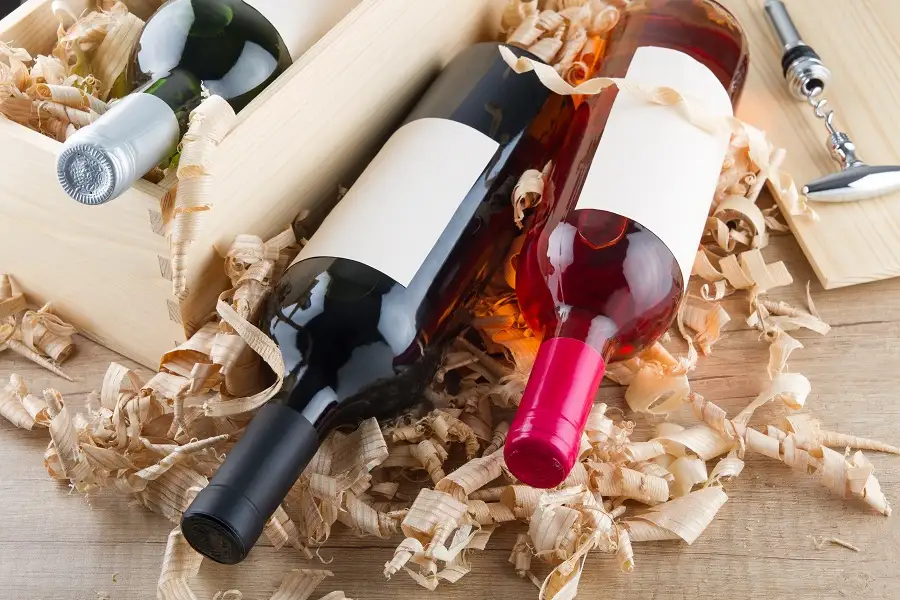
To truly understand how much you're investing in your wine packaging, it's essential to grasp the broader landscape of costs within the US market. We’ve put together an overview of the average prices and regional variations to help you benchmark your packaging budget.
Disclaimer: All pricing information provided in this blog is approximate and subject to change. Actual costs may vary depending on specific product requirements, supplier agreements, order volumes, and market conditions.
Need a precise wine packaging quote? Call Ashland Container at 847-670-1125.
Typical Wine Packaging Price Range for Glass Bottles
The cost of bottling wine significantly varies depending on the type of glass, weight, and design complexity. In the US market, you can generally expect to see price ranges from $0.50 to $3.00 per bottle for standard shapes and sizes.
Premium or custom-molded bottles can easily exceed this range, especially if they need specialized production techniques. Lightweight bottles, popular for sustainability, often fall on the lower end, while heavier, more ornate bottles will command a higher price.
Remember, these are just averages; volume discounts and specific supplier agreements can further influence your final cost.
Average Cost of Labels and Closures for Glass Wine Bottles
Beyond the bottle itself, labels and closures play a crucial role in both aesthetics and cost. Depending on your choices, you can expect to allocate approximately $0.20 to $1.00 per bottle for these elements.
Simple paper labels with basic printing can fall on the lower end, while intricate designs with special finishes like embossing, foil stamping, or die-cuts will push the price higher.
Closure costs range from economical screw caps around $0.10-$0.30 each to natural corks $0.30-$1.00+ each, with synthetic closures offering a mid-range alternative.
Keep in mind that factors like printing techniques and label materials can largely impact this range.
How Location Impacts Wine Packaging Costs
Just as the price of real estate varies by region, so too does the cost of wine packaging. The proximity of your winery to suppliers and the prevailing labor costs in your state can both significantly affect your overall expenses.
Wineries located closer to major glass manufacturing hubs or label printing facilities often benefit from lower shipping costs and potentially faster turnaround times. States like California, Washington, and Oregon, with thriving wine industries, typically have a higher concentration of packaging suppliers, leading to competitive pricing. Local sourcing is a great way to tap into cost savings while lowering your carbon footprint.
Labor expenses associated with packaging, such as labeling and case packing, can also vary considerably from state to state. For example, states with higher minimum wages or stronger union representation typically have higher labor costs, which can influence the overall cost of bottling wine.
While automation can help mitigate these differences, many smaller wineries still rely on manual labor for certain packaging tasks. It’s important to factor in these regional labor costs when calculating your total packaging budget, especially if you’re considering expanding your production or outsourcing these functions.
Decoding the Bottle: Unveiling Glass Wine Packaging Costs
The glass bottle itself is usually the most significant expense in wine packaging. However, not all bottles are created equal. Many factors influence the cost, so you’ll need to understand your options and make informed choices.
Glass Type & Weight
The type of glass and the weight of the bottle will directly impact both the cost and the perceived quality of your wine. To make the right decision, you’ll need to balance your brand image and your financial considerations.
Standard vs. Premium Glass
Recycled Glass: Environmental Considerations
Using recycled glass lowers the demand for raw materials and can sometimes qualify you for tax incentives or marketing advantages. While recycled glass may occasionally have slight imperfections, many consumers see it as a sign of responsible production that enhances your brand's reputation. Sourcing recycled glass can also lead to a more consistent cost over time, as it's less susceptible to fluctuations in the raw materials market.
Design Complexity
Having a uniquely designed bottle can make your product stand out on the shelves, but it can also increase costs. Understanding the impact of design complexity can help you better manage your packaging budget.
Stock Shapes vs. Custom Molds
Embossing and Special Features
Adding embossing (raised designs) and other special features further increases the cost and complexity of bottling wine. Embossing requires specialized molds and can add significant time to the production process. While these features contribute to a premium feel, you’ll want to weigh the added expense against the potential return on investment in terms of increased sales and brand perception.
Order Volume
Like most manufacturing processes, wine packaging benefits from economies of scale. The larger your order, the lower the per-bottle cost. However, be sure to consider storage space and potential obsolescence when placing large orders.
Minimum Order Quantities (MOQs)
Glass manufacturers typically have minimum order quantities (MOQs) that can range from a few thousand to tens of thousands of bottles. If you can’t meet these MOQs, it can result in higher per-bottle prices or make it impossible to source your desired packaging. Small wineries should carefully consider their production volume and storage capacity when negotiating with suppliers to avoid unnecessary expenses.
Bulk Discounts
On the other hand, larger order volumes often qualify for significant bulk discounts. Many suppliers offer tiered pricing, with the per-bottle cost decreasing as the order quantity increases. If your winery can store a large quantity of bottles, it can be advantageous to find bulk discounts to lower your overall packaging costs. However, always factor in the potential risks of obsolescence or damage when ordering in bulk.
Focusing on Closures: Understanding Cork, Screw Caps & More
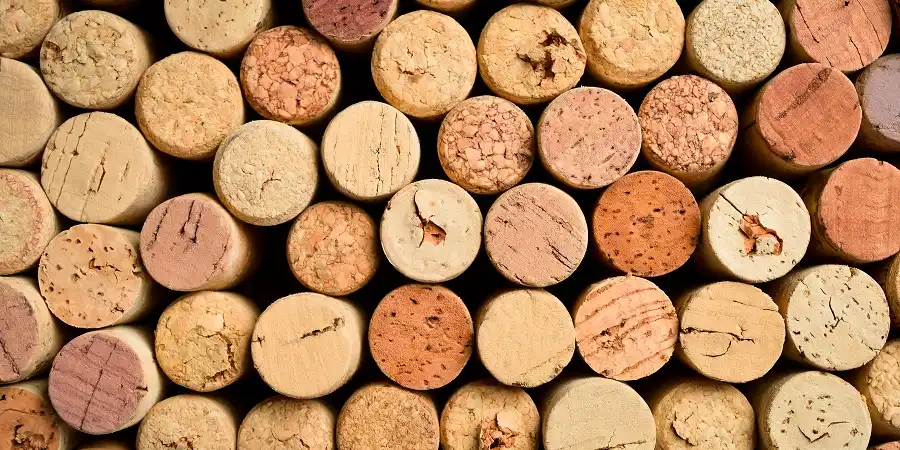
Choosing the right closure for your wine bottle is a crucial decision that affects not only the wine's aging process but also the consumer's perception of your brand and the overall packaging cost. We’ve provided a breakdown of the most common closure types:
Natural Cork: A Traditional Touch with a Price Tag
Natural cork has long been the traditional choice for sealing wine bottles as it evokes a sense of history and quality. However, it also comes with certain costs and challenges.
- Flor-grade cork: The highest quality cork that’s made from a single, flawless piece of bark; these bottles are expensive, offer impeccable sealing, and minimize TCA risk, which is ideal for premium, long-aging wines.
- 1st-grade cork: High-quality, single-piece corks with minimal imperfections; these bottles offer excellent sealing properties and low TCA risk, making this option suitable for high-end wines that need aging.
- 2nd- & 3rd-grade cork: These options are more affordable and may have minor imperfections, but they are still suitable for many wines. These materials offer good sealing but choose carefully to minimize potential taint issues.
- Agglomerated cork: Made from granulated cork, these are more economical but have higher failure rates and a greater risk of taint. This option is best suited for wines intended for early consumption.
- FSC certification: Choosing Forest Stewardship Council-certified cork ensures sustainable harvesting, preserves cork oak forests, protects biodiversity, and supports the communities that depend on them.
- Water usage: Review the supplier's water usage, as cork production requires considerable amounts of water.
- Carbon emission: Transportation to your location has its carbon footprint. You should be aware of where the cork is harvested and produced.
Screw Caps: Practicality and Modernity
Screw caps were once seen as a less prestigious option. Today, they have gained widespread acceptance in recent years because of their practicality, reliability, and consistent performance.
Aluminum vs. Other Materials
Aluminum screw caps are the most common and cost-effective option as they have excellent sealing properties and prevent oxidation. However, some manufacturers are exploring alternative materials like biopolymers or recycled plastics to further reduce their environmental impact.
Branding Opportunities
Screw caps offer excellent branding opportunities that enable you to customize the cap with your logo, brand colors, or even a short message. This can be achieved through printing, embossing, or debossing, adding a touch of personality and enhancing brand recognition. Screw caps can also be easily color-matched to your label to create a cohesive and visually appealing package.
Synthetic Closures: Balancing Cost and Performance
Synthetic closures offer a middle ground between natural cork and screw caps. They provide consistent performance at a lower cost than high-grade cork.
- Extruded synthetic closures: These closures are manufactured from a single piece of plastic. Extruded closures offer reliable sealing but less aging potential, so they’re best for wines intended for consumption within a few years.
- Co-extruded synthetic closures: Featuring multiple layers of plastic, co-extruded closures offer enhanced sealing and oxygen control. They are ideal for wines needing moderate aging and provide reliable performance.
- Molded synthetic closures: These closures, made using injection molding, provide a premium look and feel with customizable designs and colors. Suitable for premium wines, they offer moderate aging potential.
- Micro-agglomerated synthetic closures: These closures are made from small particles of plastic compressed together. Micro-agglomerated closures offer good sealing and are a cost-effective option for wines not intended for extended aging.
Ready to Partner with a Trusted Packaging Supplier Dedicated to Quality and Innovation?
Contact Ashland Container today to start a long-term relationship centered on expertise. We will deliver on your needs and build trust for a lasting partnership.
Ashland Container — Your Trusted Wine Packaging Provider
Uncorking the true cost of wine packaging reveals a complex interplay of materials, designs, and market factors. From the glass itself to the label and closure, each decision impacts your bottom line and your brand image.
While navigating these choices can feel overwhelming, understanding the key cost drivers — glass type, design complexity, closure selection, and market variations — empowers wineries to make informed decisions that align with their budget and brand identity. Thankfully, these choices don’t have to be made alone.
At Ashland Container, we've spent decades helping wineries optimize their packaging strategies to help them achieve long-term success. Whether you're seeking cost-effective solutions or aiming to create a truly premium presentation, our team provides the expertise and resources you need to succeed.
Contact us today to explore how we can help you craft the perfect wine packaging, without breaking the bank.

